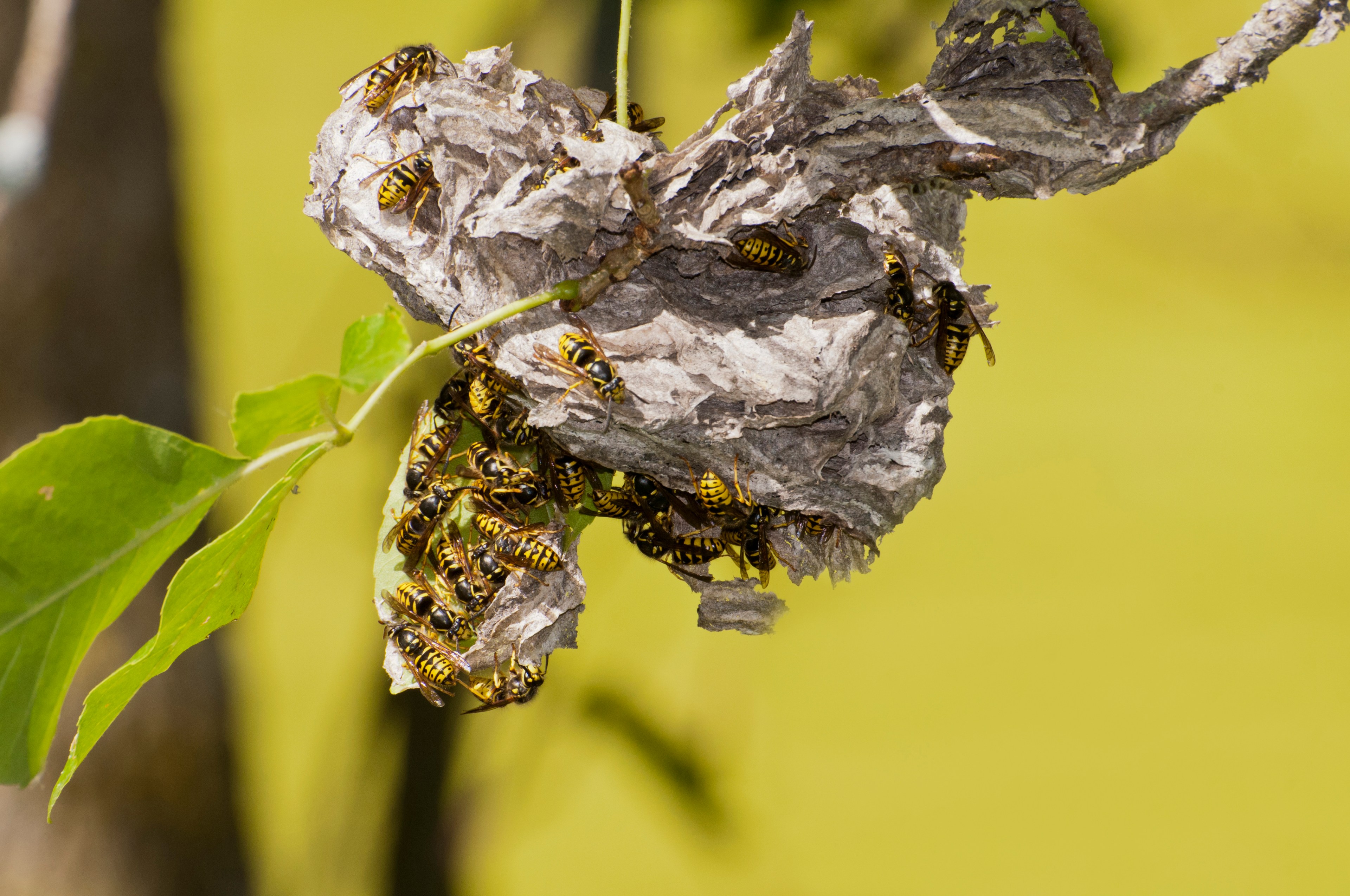The North Bay is experiencing a surge in reported yellow jacket activity this year, with calls for help about the stinging insects up sharply over last summer.
Requests from Marin and Sonoma county residents for in-ground yellow jacket nest control shot up by about 93% from this time last year, from 613 requests to 1,186 requests, according to Nizza Sequeira, spokesperson for the Marin/Sonoma Mosquito and Vector Control District.
“This is definitely the worst I’ve seen it in my 10 years doing pest control,” said Dylan Molsberry, owner of Sono-Marin Pest Solutions.
A spike in the yellow jacket population can be attributed to various factors, according to Sequeira. Such factors include mild winters and warm summers, access to plentiful food in the form of sugary substances, insects and human food waste, and access to suitable nesting locations.
Molsberry explained that the specific conditions of this past year brought on the yellow jacket surge: Eight to 10 years of drought in the region, followed by a period of intense rainfall from December to March—about 65 inches compared to 22 inches over the same period a year earlier, according to Marin Municipal Water District data.
Heat waves over the past few weeks have also helped. Wasps can lay eggs and stay dormant underground for years, waiting for suitable temperature and humidity conditions to hatch.
Marin County residents have recently complained on social media sites like Nextdoor about attacks from yellow jackets. One Nextdoor post with over 50 likes warned about a nest in a patch of ivy between Nevada Street and West Harbor Drive in Sausalito.
“My dog and I were attacked by yellow jackets when she stepped on a nest while going potty. … It was a terrifying and painful experience,” the poster wrote.
Yellow jackets are the common name for an aggressive, stinging type of wasp. According to an informational document from the Marin Model School Integrated Pest Management Project, yellow jackets are particularly tricky to handle due to their ability to sting multiple times and to release signals when squashed for other wasps to attack.
“It’s the yellow jackets that are pretty aggressive,” said Scott Wise, assistant agricultural commissioner for the Marin County Department of Agriculture, Weights and Measures. “As the summer goes along, they become more aggressive. The food sources are depleted, so they go far and wide to look for food. They’re after meat and protein sources.”
Although some yellow jackets can nest in trees or buildings, the type of yellow jacket wasps most commonly seen in Marin County live in the ground, Wise said.
The Marin/Sonoma Mosquito and Vector Control District provides free public services including yellow jacket nest control and rodent inspections. The agency can be contacted via an online form on its website that allows residents to request a specialist to come to their properties.
While the drastic increase in yellow jacket control requests may be due to warmer-than-average temperatures this year—average Marin County temperatures for the month of July were about four degrees above average, according to data from Weather Underground—Sequeira noted that the vector control district has increased its outreach efforts this year, which may also have contributed to more calls.
“We’re probably about to peak shortly here, and then it’ll probably die down,” Molsberry said. “And then it’ll peak again if we have an Indian summer.”
If El Niño comes this year as forecasted, the yellow jacket situation might be even worse next year. In order to mitigate the issue, Molsberry recommends the wasp and hornet traps commonly sold at hardware stores. They are nontoxic and contain food-grade pheromones to attract and kill the pests if placed properly and switched out every few weeks.
And if you do have the bad fortune of getting stung, apply ice to the area for five to 10 minutes—unless you’re allergic, in which case you should seek medical help.
